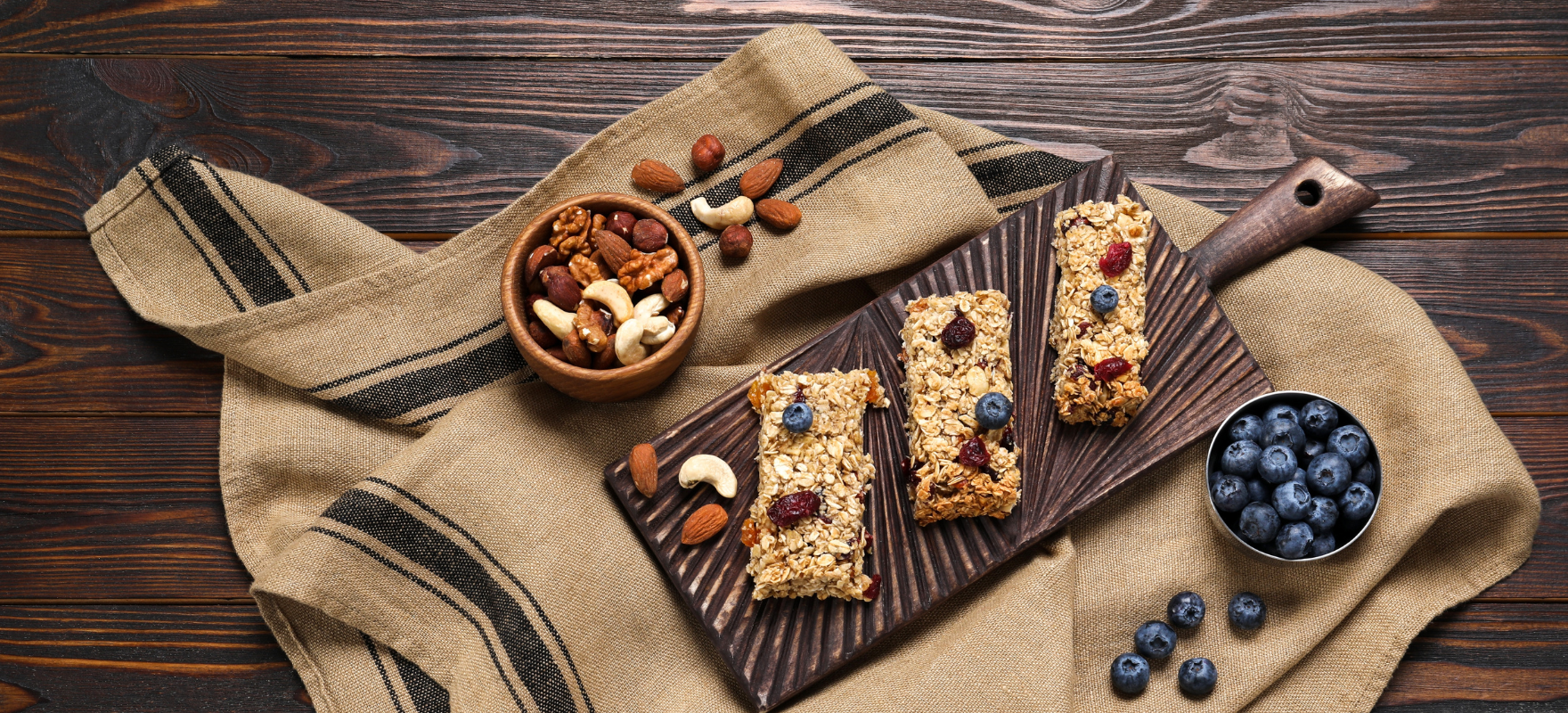The snack bar market continues to grow, driven by health trends and busy lifestyles. But behind every perfectly wrapped bar lies a complex production process. Here are some of the biggest challenges manufacturers face—and how to tackle them.
Ingredient Consistency
Using natural ingredients like nuts, seeds, and dried fruits can lead to variation in size, moisture, and flavor. This affects texture and shelf life.
Solution: Work closely with suppliers to standardize inputs and conduct regular quality checks. A clear specification sheet helps maintain consistency.
Binding and Texture Issues
Creating a bar that holds together without crumbling—or becoming too sticky—is tricky. The wrong balance of wet and dry ingredients can lead to production waste.
Solution: Test different binders (e.g., honey, brown rice syrup, plant fibers) and adjust mixing temperatures and times for optimal results.
Shelf Life Stability
Natural bars often avoid preservatives, which can reduce shelf life. Moisture migration and oil oxidation are common concerns.
Solution: Use protective packaging (like oxygen barriers), incorporate natural antioxidants, and test shelf life under real-world conditions.
Cost Management
High-quality ingredients can drive up production costs. Scaling while staying profitable is a constant challenge.
Solution: Buy in bulk, streamline production steps, and explore local sourcing to reduce logistics expenses.
Regulatory and Labeling Compliance
Clean labels are in demand, but regulations around health claims, allergens, and nutritional data are strict.
Solution: Stay updated on food laws in your market, and work with food safety consultants or certification experts.
Snack bar manufacturing requires both creativity and precision. By identifying key challenges early and building smart systems, brands can scale successfully—without sacrificing quality or consumer trust.
Leading image: NewAfrica/Shutterstock.com





